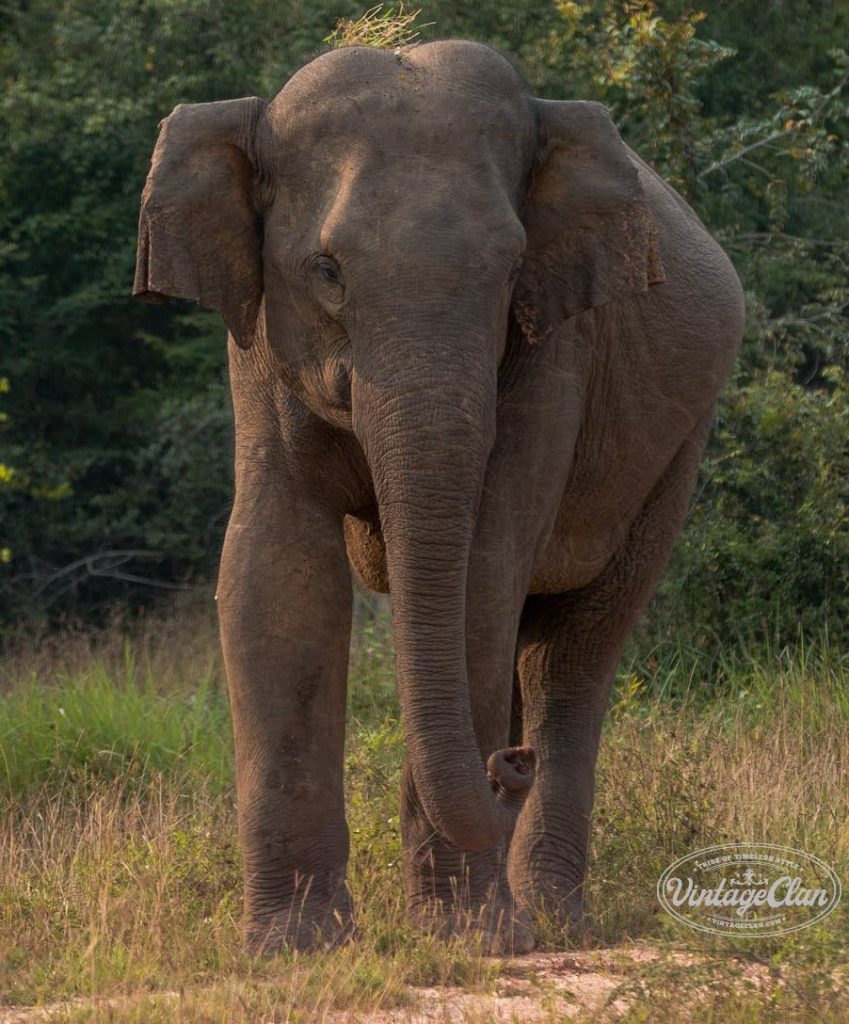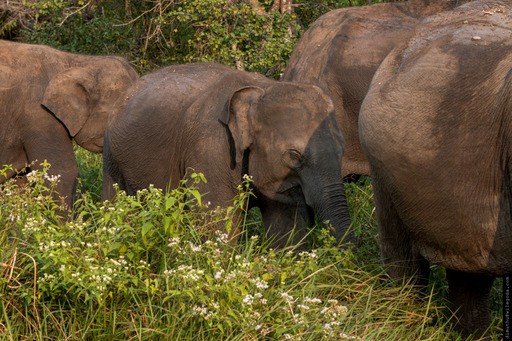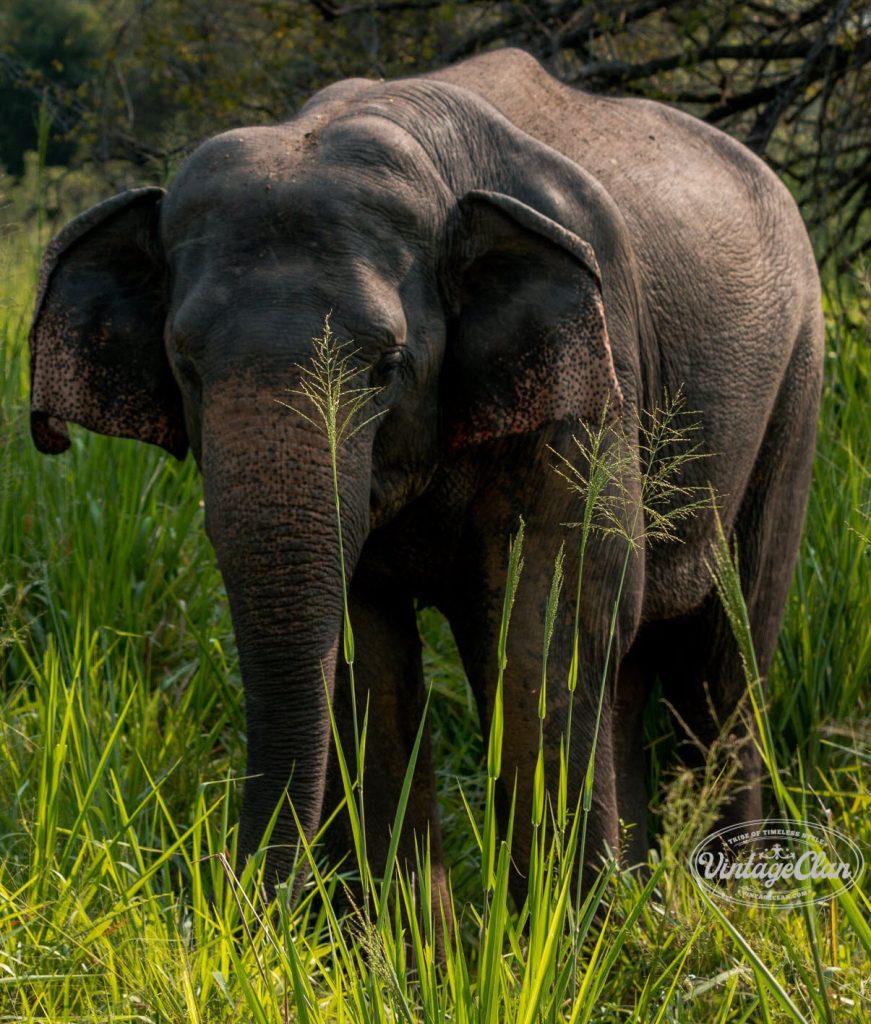

Write Your Story on History – Premium Leather Journals with a Classic Touch!
The Sri Lankan elephant (Elephas maximus maximus) is one of three recognised subspecies of the Asian elephant, and is native to Sri Lanka. Sri Lankan elephants are the largest subspecies reaching a shoulder height of between 2 and 3.5 m (6.6 and 11.5 ft), weighing between 2,000 and 5,500 kg (4,400 and 12,100 lb); their skin colour is darker than of indicus and of sumatranus with larger and more distinct patches of depigmentation on ears, face, trunk and belly. Only 7% of males bear tusks. Adult males are solitary in nature, and females and cubs live in herds, which are led by an adult female elephant. The herd size in Sri Lanka ranges from 12-20 individuals or more.

Since 1986, the Sri Lankan elephant has been listed as endangered by IUCN as the population has declined by at least 65% over the 19th century. The final survey has revealed that there could be at least 5879 elephants in the wild. The species is primarily threatened by habitat loss, degradation and fragmentation.
It is estimated that Sri Lanka has the highest density of elephants in Asia. Human-elephant conflict is increasing due to the conversion of elephant habitat to settlements, permanent cultivation and mega development projects. Over the past few decades, the exponential growth of human populations and attendant land-use changes have extirpated Asian elephants from approximately 85% of their former range.
This situation is well illustrated by the fact that more than fifty percent of the elephant population live outside the protected area. But in the historical past, elephants were widely distributed from sea level to the highest mountain ranges. Currently, Sri Lankan elephants are mainly restricted to the lowlands in the dry zone, where they are still widespread in north, south, east, north-western, north-central, and south-eastern Sri Lanka.

A small remnant population exists in the Peak Wilderness Sanctuary (Less than 50 individuals) and Sinharaja Rain forest (Only two adult mails); otherwise, they are absent from the wet zone of the country.
Major threats for elephants are gunshot injuries, illegal explosives, poisoning, snaring, falling into wells and pits, road traffic accidents etc. Approximately, more than 300 elephants are dying due to human-elephant conflict, and around 35 elephant calves are getting orphaned. The Department of Wildlife Conservation of Sri Lanka has launched many activities during past decades to answer the issue; Udawalawe Elephant Transit Home is one of the successful programs that has been established to rehabilitate orphaned elephant calves. It was initiated in 1995, and from 1995, it has released more than 150 orphaned elephant calves after successful rehabilitation.

Special Thanks : Dr Malaka Kasun Abeywardana
Source: Internet
Photo Credit: #DimuthuWilegoda
Add comment
You must be logged in to post a comment.